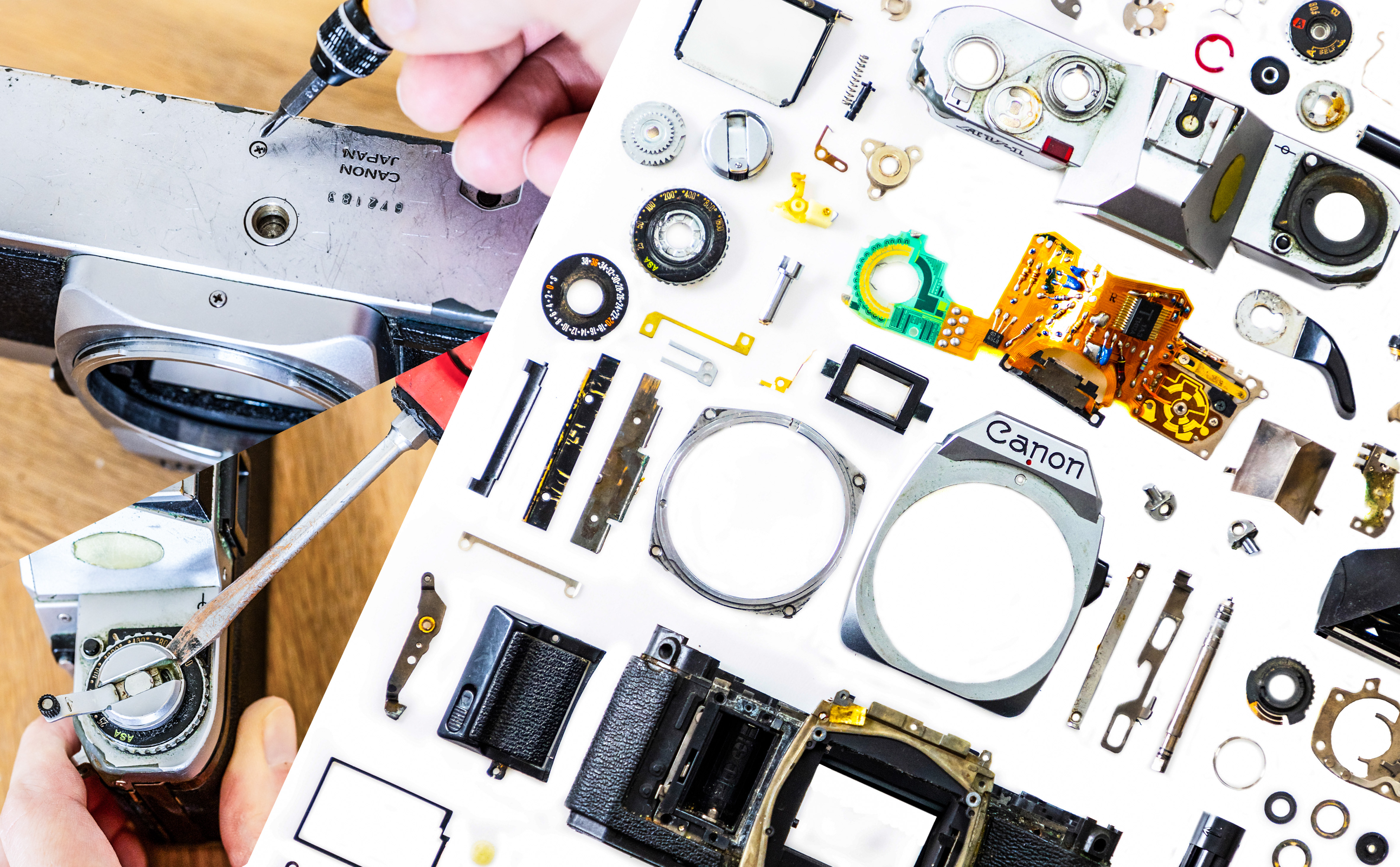Best lenses for bokeh: these fast primes are great for blurring backgrounds
Here's my choice of the best lenses for bokeh. Isolate your subject and make it stand out against a dreamy blurred backdrop
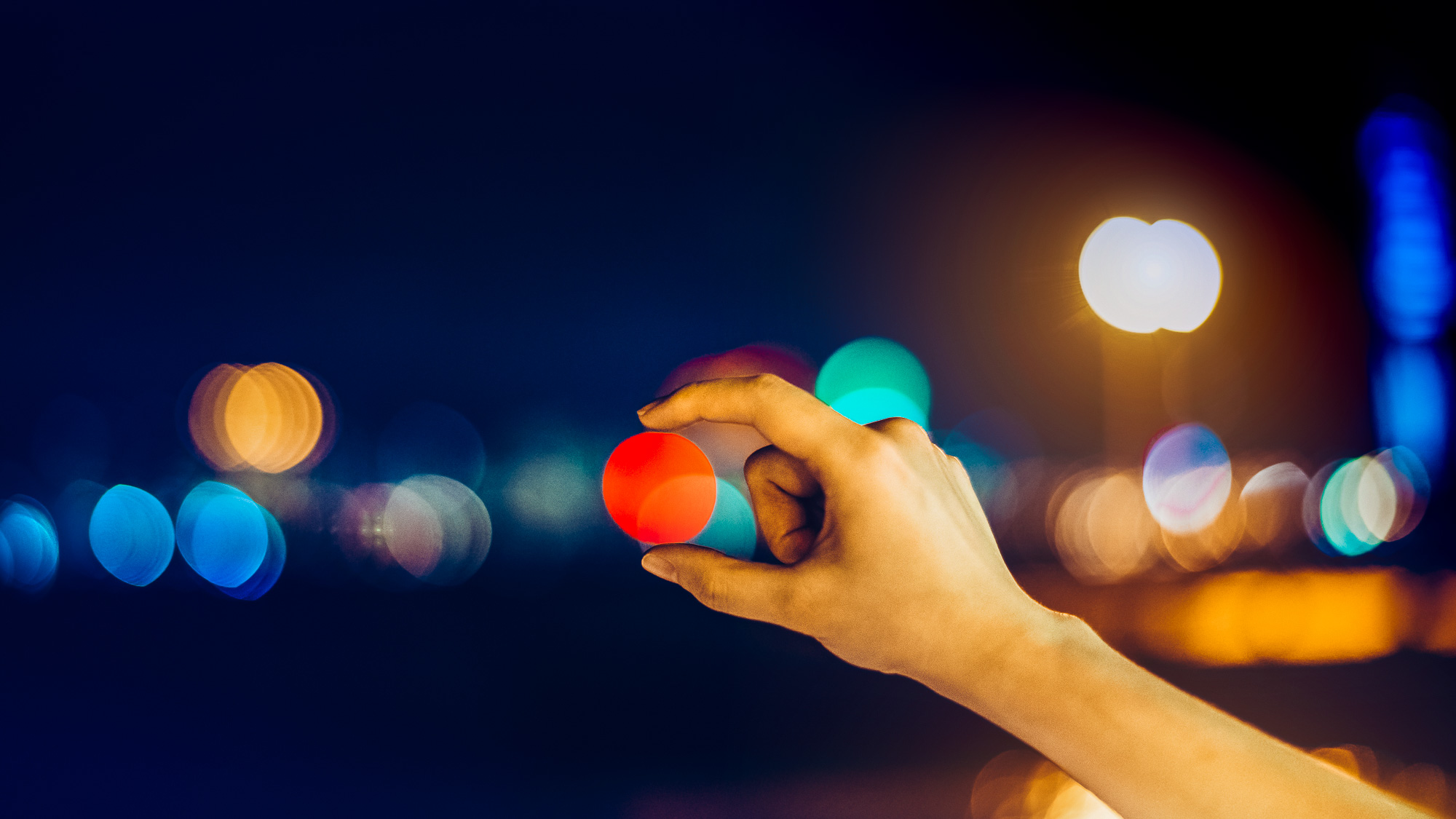
The best lenses for bokeh produce that perfect soft, creamy blur in the background that photographers crave. Helping your subjects stand out vividly from their backgrounds, bokeh lenses are ideal for portraits, still-lifes, wedding shoots, street photography, nature and a whole lot more.
Bokeh lenses will typically be prime lenses with wide maximum apertures, as these will have the kind of optical construction that is necessary for a tight depth of field – see the bottom of this page for a more detailed explanation of what I look for in a bokeh lens, or watch our video guide: what is bokeh?
Photographers can be guilty of becoming obsessed with the sharpness of lenses and how much infinitesimally fine detail they can resolve. The lenses on this list may not be the sharpest tools in the box, but they deliver gorgeous, bokehlicious images with bags of character. For some, that counts for a lot more. So, here are some top choices of bokeh lenses to suit a wide range of cameras, and budgets…

Matthew Richards is a photographer and journalist who has spent years using and reviewing all manner of photo gear. He is Digital Camera World's principal lens reviewer – and has tested more primes and zooms than most people have had hot dinners! Here he brings his expertise to bear on the best bokeh lenses.
The quick list
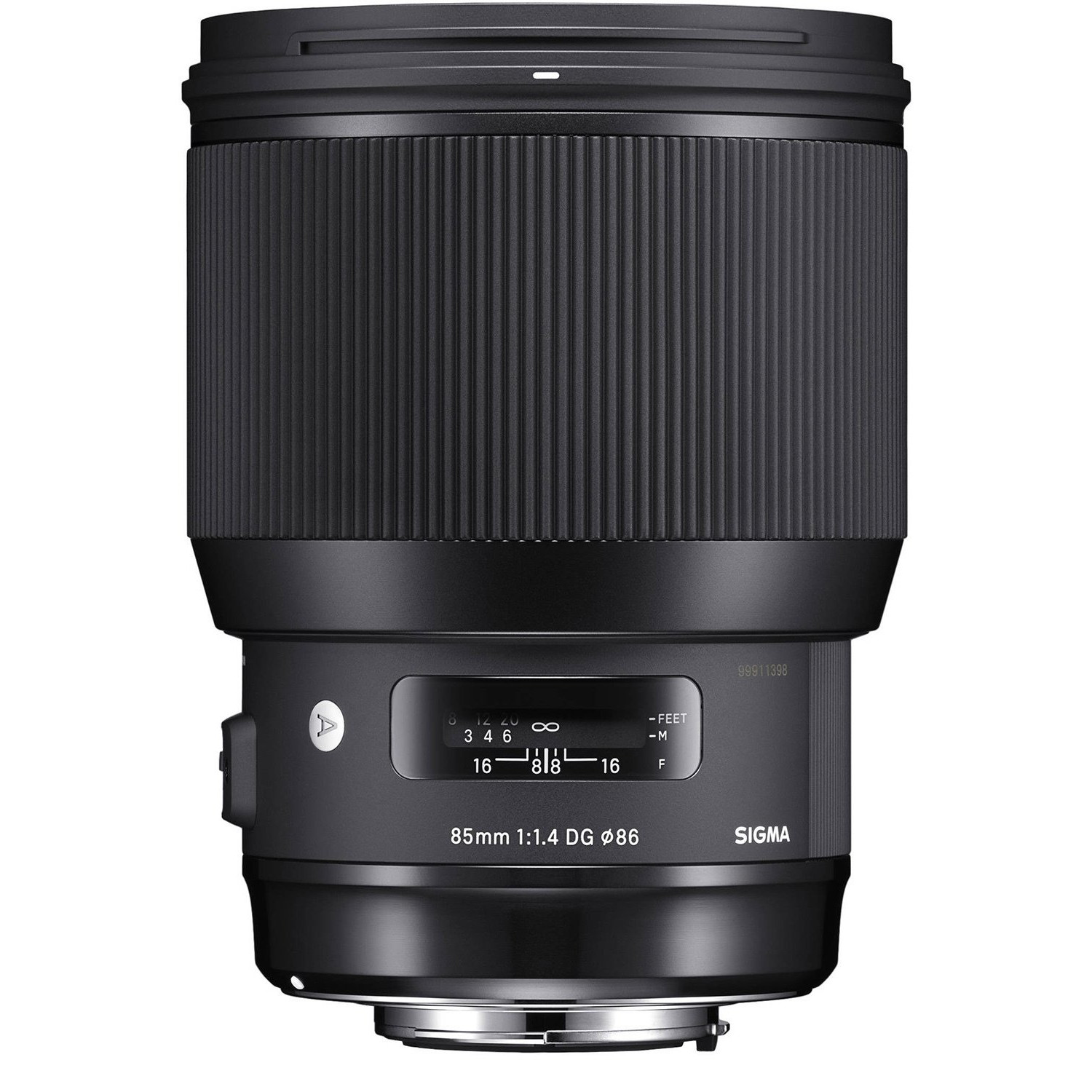
If you're using a full-frame Canon or Sony DLSR, this spectacular lens is your bokeh buy – and it's also available for L-mount and Sony E-mount mirrorless cameras.
Read more below
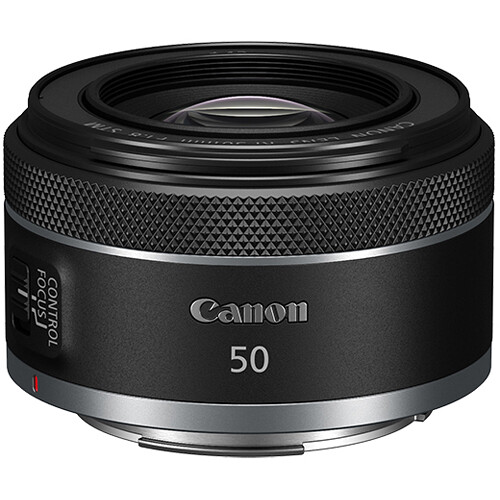
On a tight budget, this is a no-brainer for both full-frame and APS-C format Canon EOS R system mirrorless cameras.
Read more below
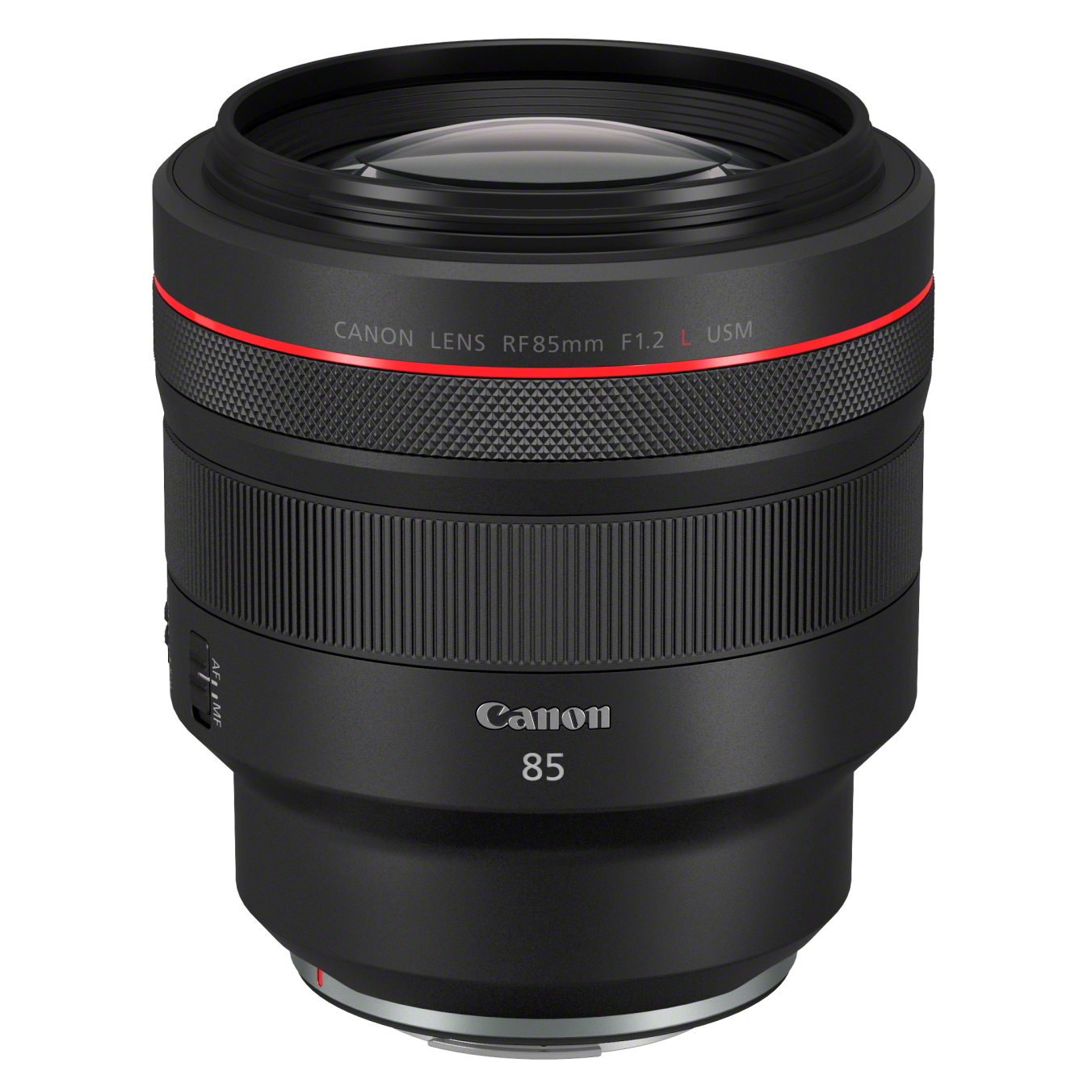
Canon's spectacular portrait lens for the EOS R system gets my vote as the finest bokeh lens the firm has ever produced. It is not cheap, but its results are stunning.
Read more below
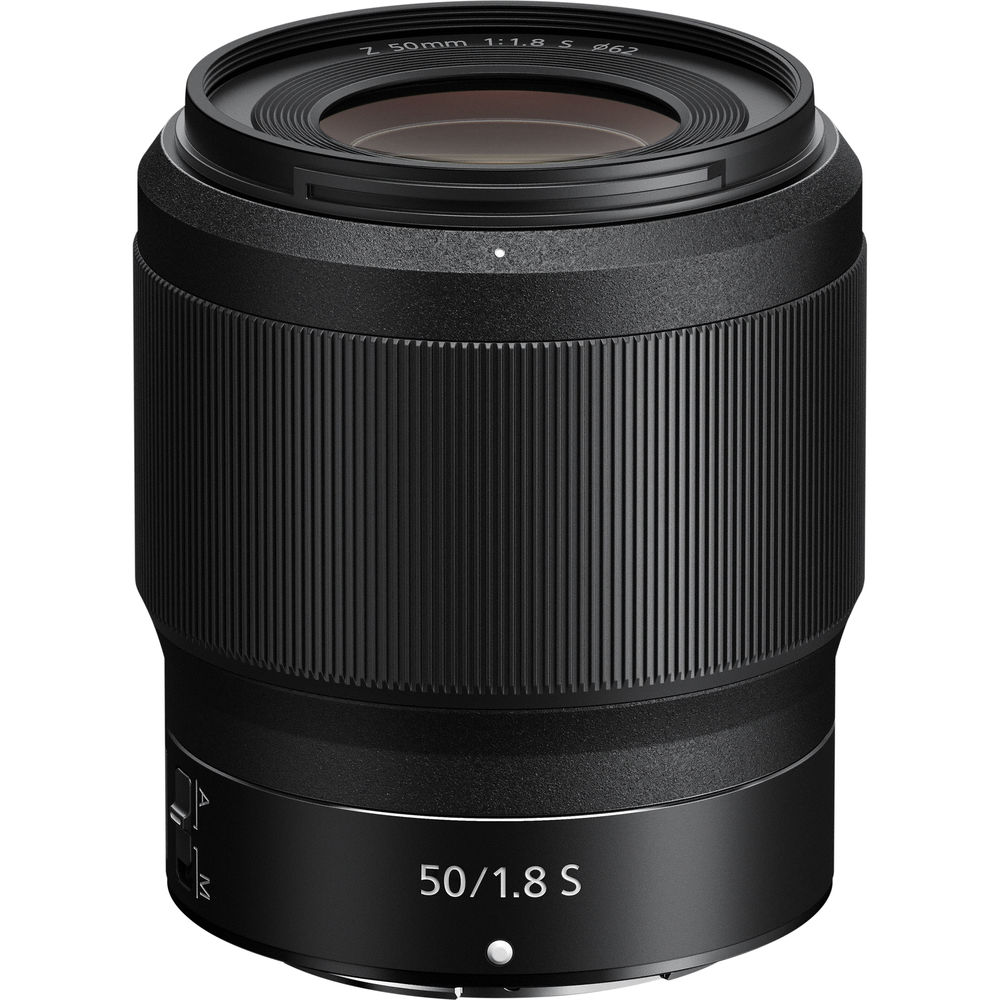
It's certainly not cheap for a 50mm f/1.8 prime but this Nikon is competitively priced for a high-grade 'S-line' lens.
Read more below
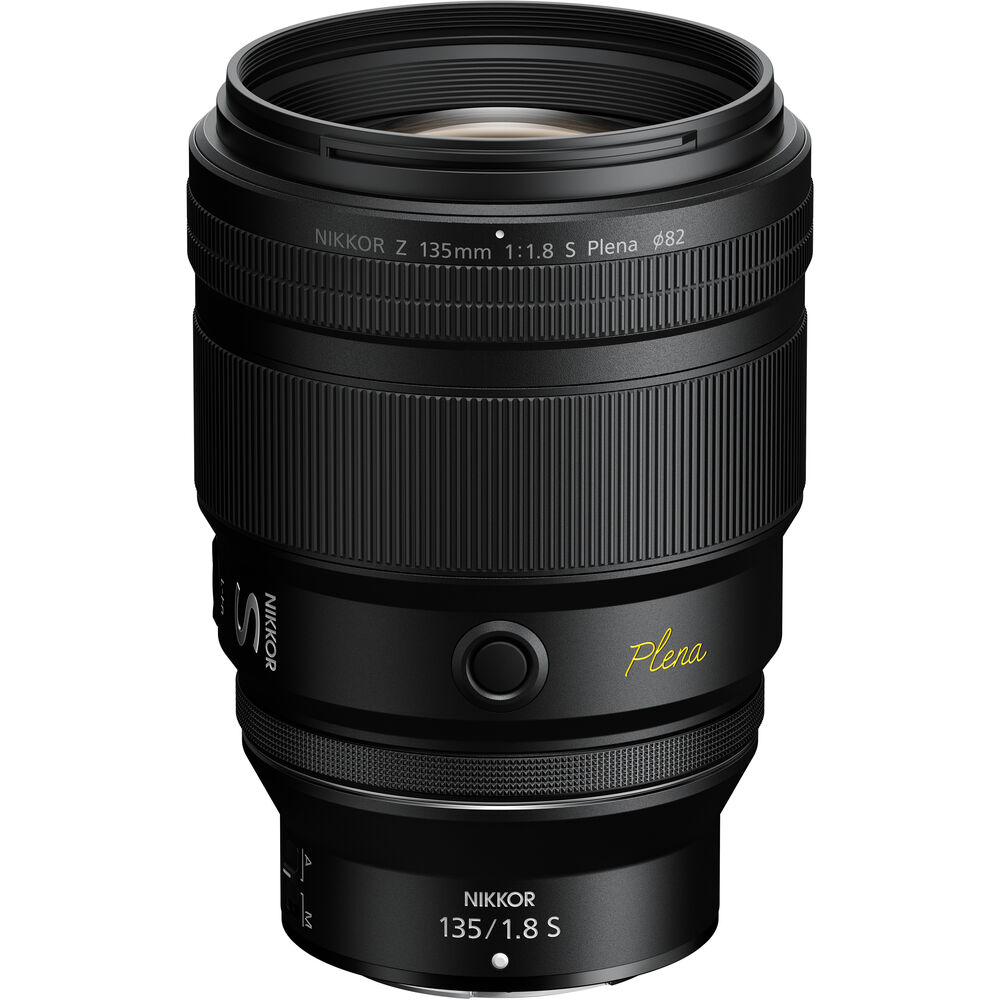
This dazzling short telephoto prime for Nikon's mirrorless Z-mount produces jaw-droppingly spectacular bokeh and it's super-sharp as well. Read more below
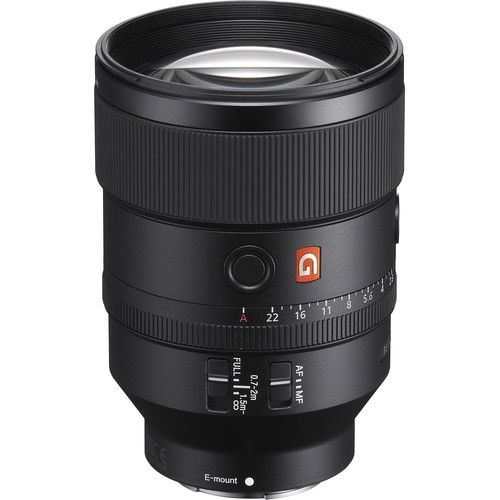
Best Sony
This tight telephoto is part of Sony's premium 'G Master' series, and as such, it's an absolute stunner of a lens. For portraiture, you can hardly ask for better than this.
Read more below
Load the next products...
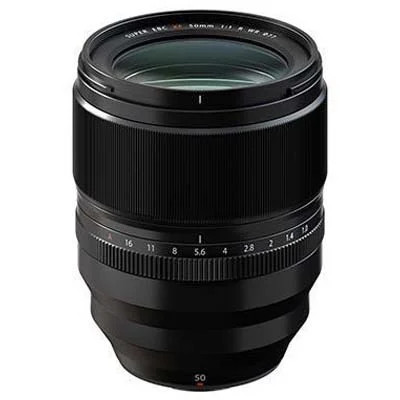
This bokehlicious Fujifilm lens is more than just a gimmick, with super-fast autofocus, sumptuous image quality and full weather sealing around its exterior.
Read more below
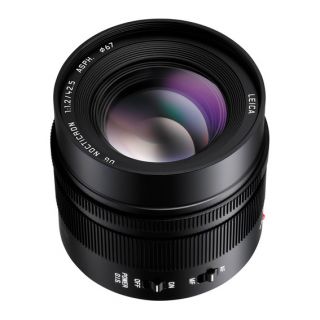
While producing shallow depth of field can be more of a challenge on Micro Four Thirds, this premium Panasonic portrait lens excels.
Read more below
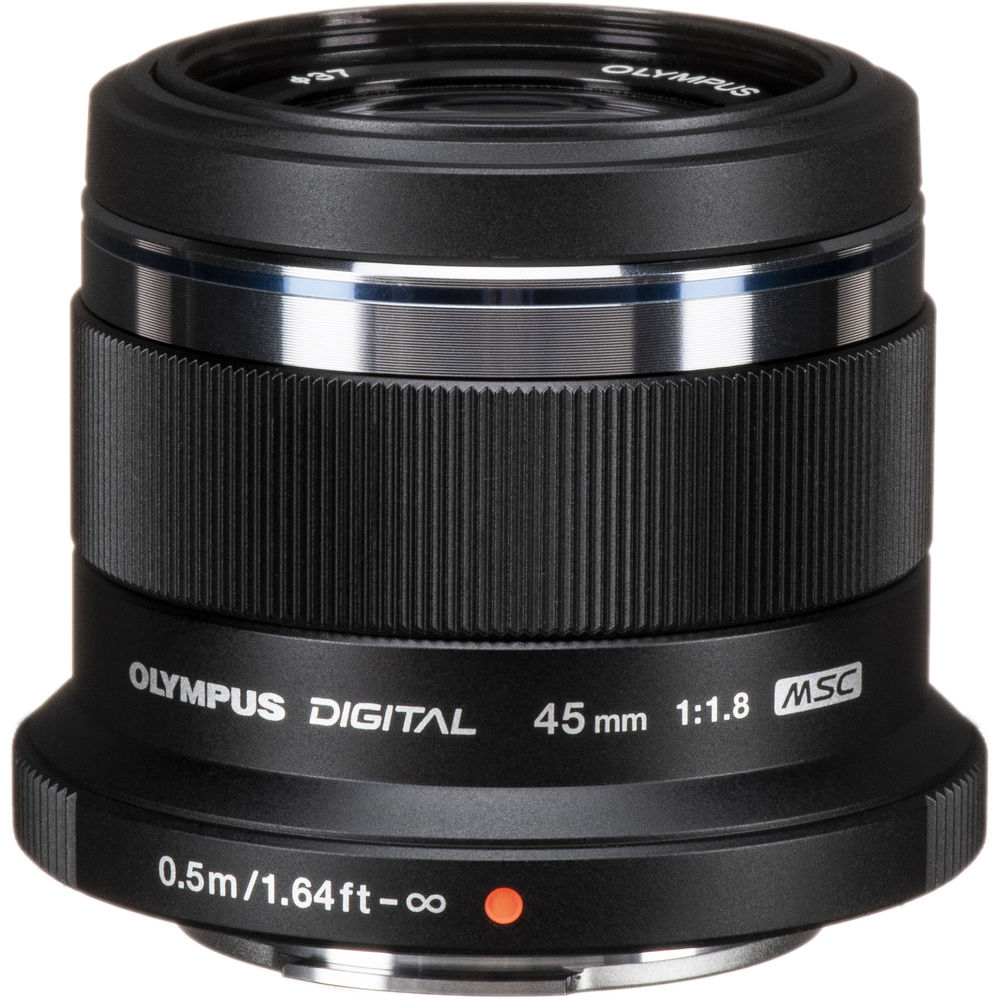
A little lens with a big heart, this one delivers very pleasing bokeh for Micro Four Thirds cameras, at a very affordable price.
Read more below
The best lenses for bokeh
Why you can trust Digital Camera World
Best for DSLRs
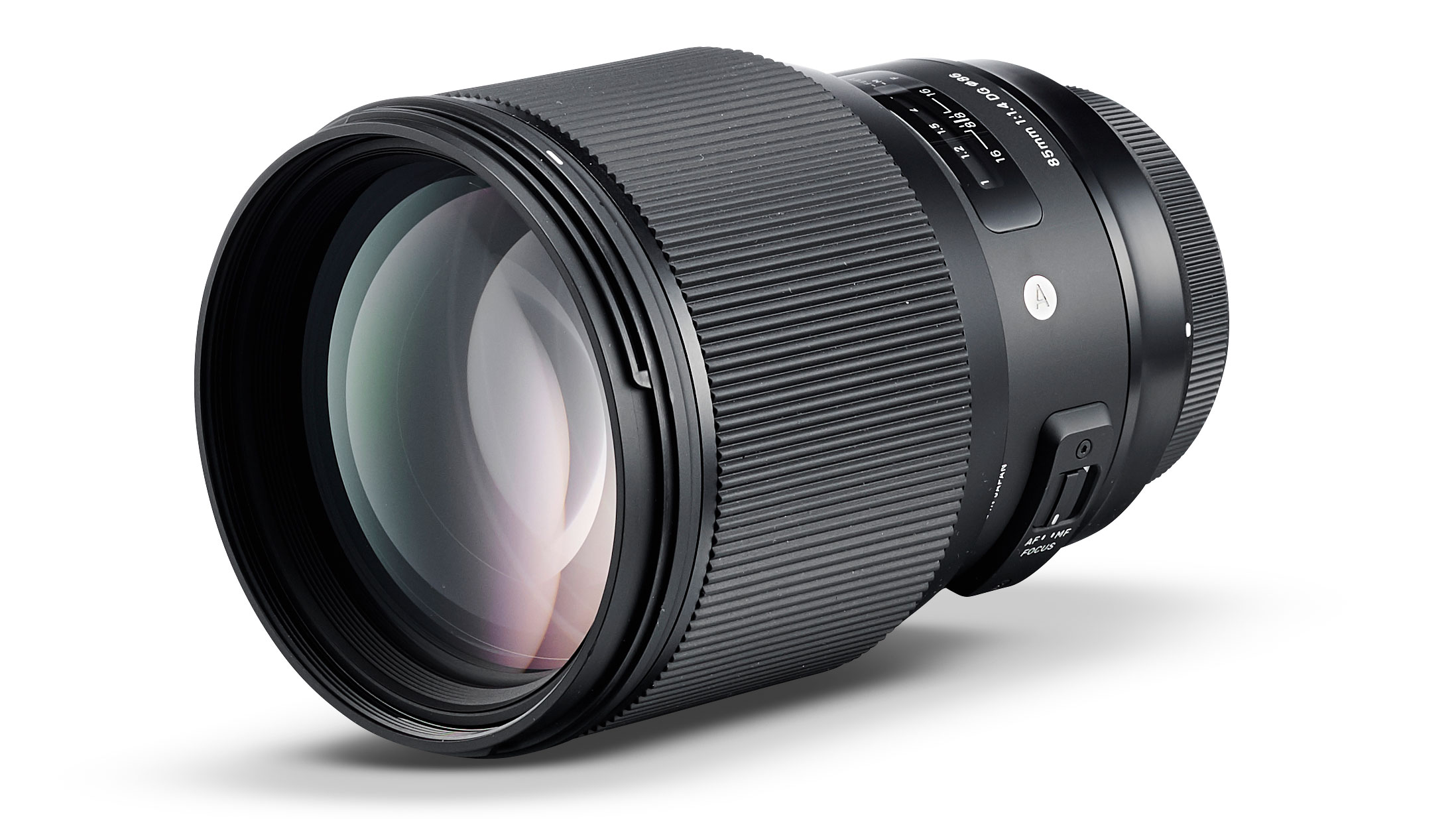
Specifications
Reasons to buy
Reasons to avoid
Ideal for a wide range of cameras, this weighty, full-frame compatible lens was originally designed for DSLRs and launched in Canon EF and Nikon F versions, before being adapted later for Sony E and Leica L mount mirrorless cameras. The up-market build includes an aspherical element and two SLD (Special Low Dispersion) elements, in an optical path that comprises 14 elements in total.
Autofocus is courtesy of a conventional ring-type ultrasonic system with the usual full-time manual override. I’ve seen a slight onion ring effect in the bokeh of some Sigma lenses, appearing as concentric circles with feint lines within bokeh discs of defocused lights and bright spots. That’s not really an issue with this lens, which delivers super-smooth, high-quality bokeh. The quality is also maintained very well when stopping down. It’s undeniably big and hefty but its image quality is fabulous. All in all, it’s my top choice for Canon and Nikon DSLRs.
Read our full Sigma 85mm f/1.4 DG HSM Art review
Best budget Canon RF
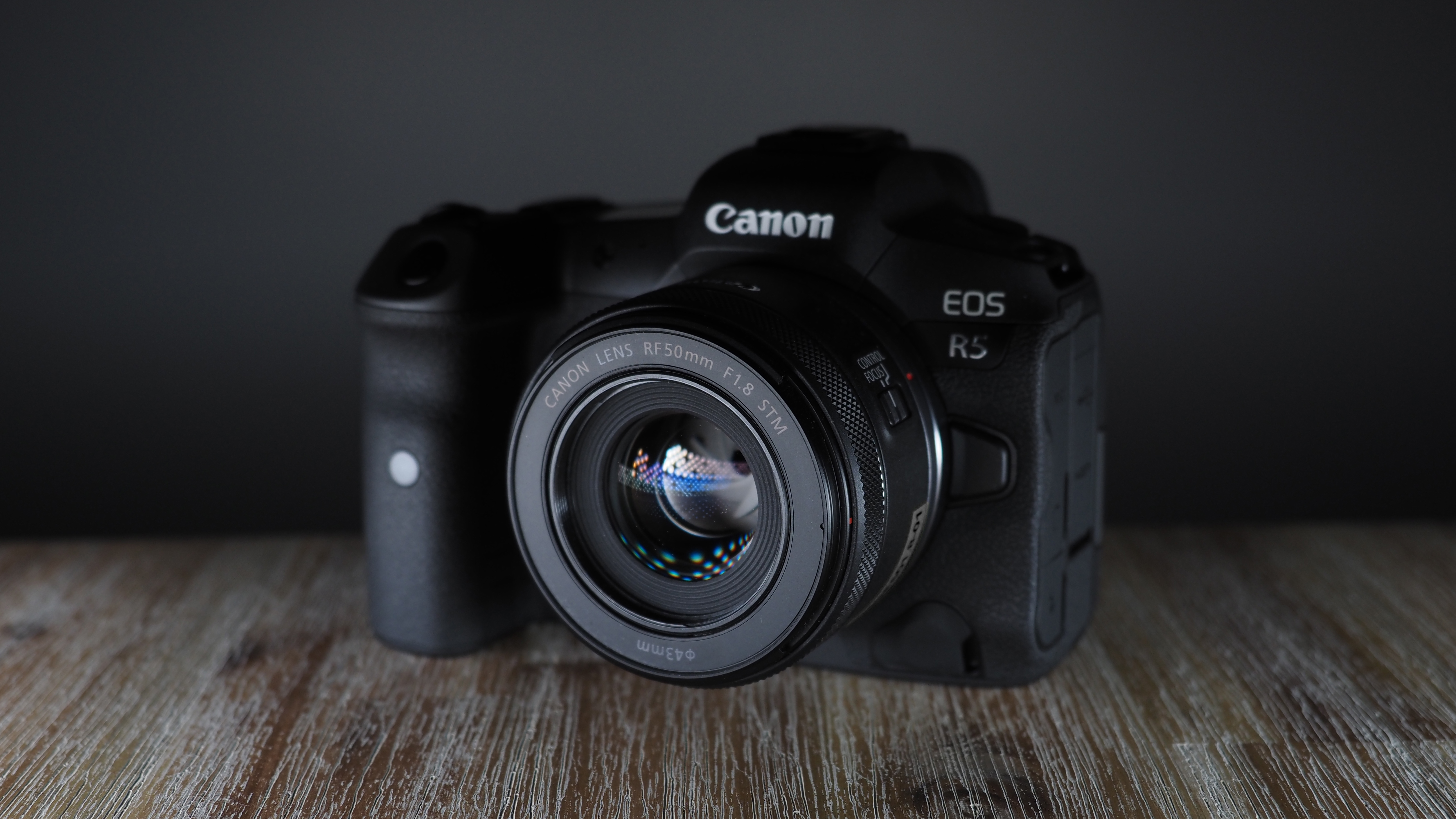
Specifications
Reasons to buy
Reasons to avoid
One of the cheapest Canon RF lenses is also one of the best! It's on the front of my camera so much that it's become my de facto body cap – but a body cap that takes amazing stills and video, with a versatile focal length that covers almost every eventuality, meaning my camera is always ready to pick up and start shooting.
The fast f/1.8 aperture offers two big upsides. Firstly, it opens nice and wide to enable your camera to gather tons of light – meaning it's great for working in low light conditions.
And secondly, it delivers dreamily shallow depth of field for those blurry backgrounds and cinematic scenes. I love that this is such a compact lens, too, as it enables me to keep my setup nice and small – ideal for my everyday carry camera, or when keeping your setup light and lean. It's also a great portrait lens on APS-C format Canon R system cameras.
Read my full Canon RF 50mm f/1.8 STM review
Best Canon RF lens
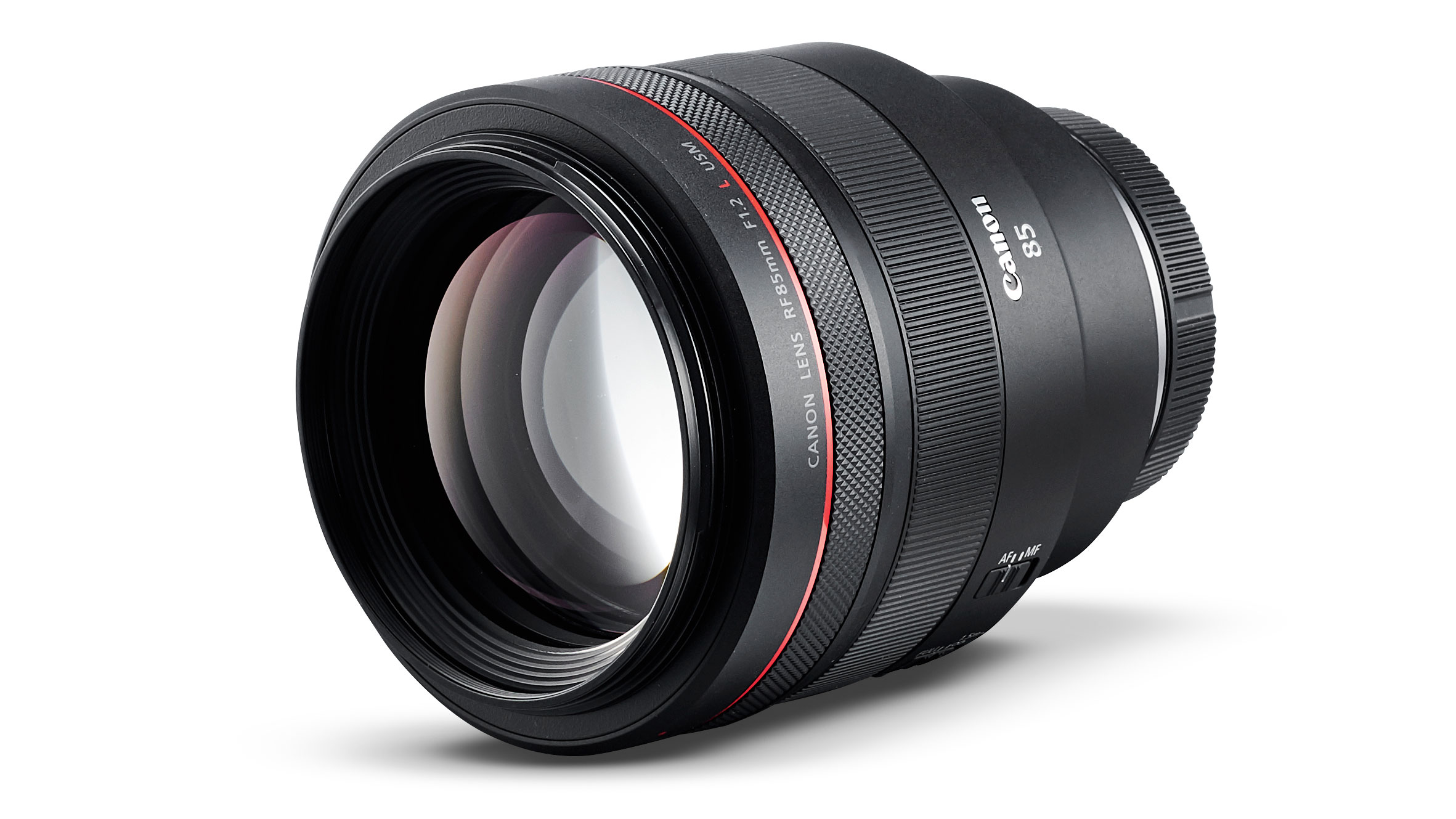
Specifications
Reasons to buy
Reasons to avoid
Canon seems on a mission to compensate for the relatively slimline, lightweight bodies of its new mirrorless full-frame cameras by launching big, heavy lenses! This 85mm f/1.2 is a prime example in every way, and its price tag is pretty massive as well.
The premium glass includes aspherical and UD (Ultra-low Dispersion) elements, along with high-tech Air Sphere Coating and BR (Blue spectrum Refractive) optics. The overall construction feels particularly robust, complete with weather-seals and fluorine coatings on the front and rear elements.
A ‘DS’ version of the lens is also available, featuring a Defocus Smoothing Coating, not that it really needs it. The BR optics do a great job of minimizing axial or ‘bokeh fringing’, virtually eliminating coloured fringes around outlines of objects in front of and behind the point of focus. The overall quality of bokeh is absolutely fabulous, making the most of the super-fast f/1.2 aperture rating, and it remains terrific when stopping down a little.
Despite the price, its overall performance and image quality make this lens worth the money.
See our full Canon RF 85mm f/1.2L USM review
Best budget Nikon Z
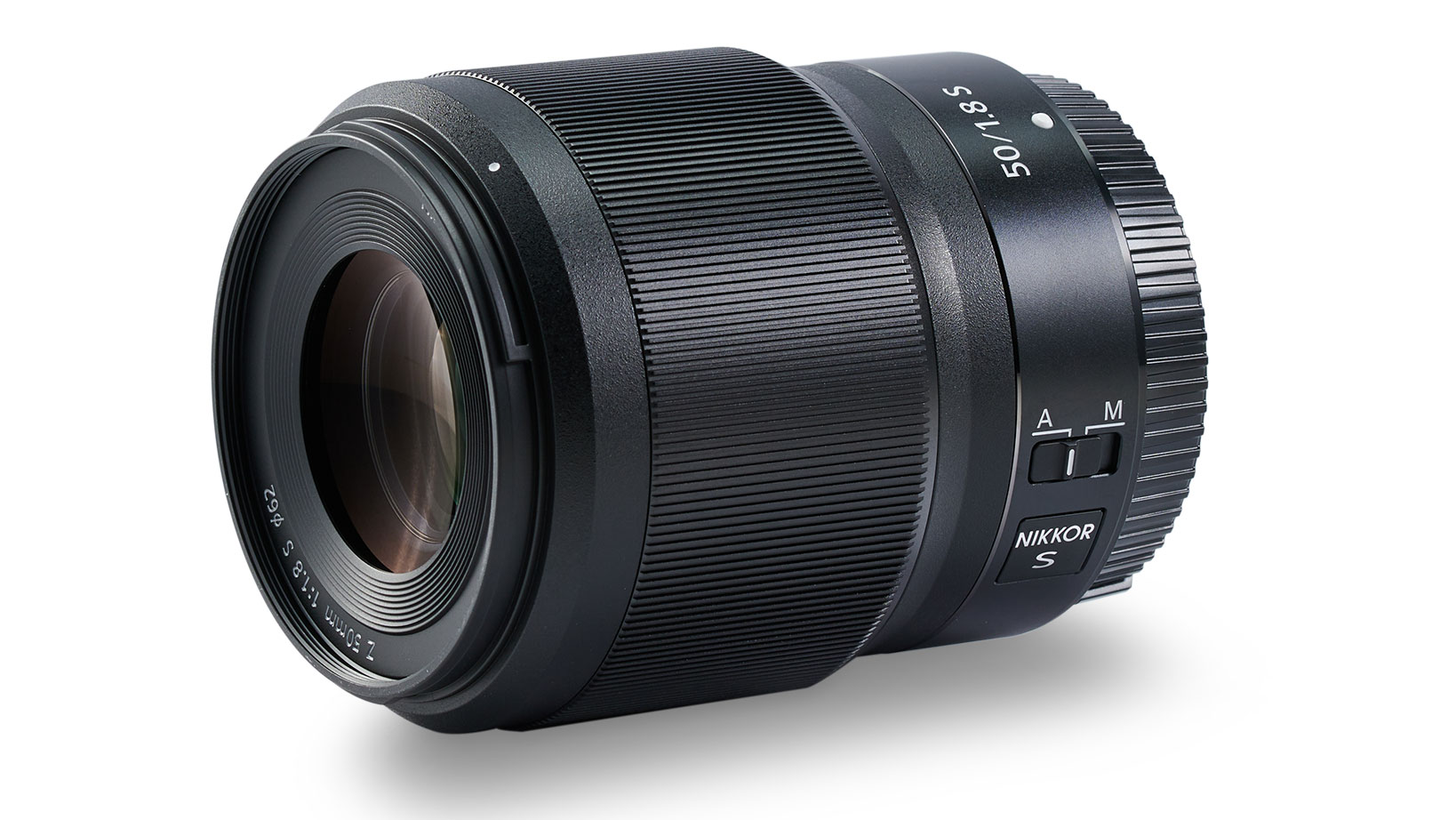
Specifications
Reasons to buy
Reasons to avoid
Can't stretch to Nikon's Z 50mm f/1.2 S? This f/1.8 alternative is considerably cheaper, but almost as good. Its optical path features 12 optical elements, and also includes two aspherical and two ED elements. The addition of Nano Crystal Coat helps to minimize ghosting and flare. Typical of Z-mount lenses, the lens features a stepping motor instead of a more conventional ring-type ultrasonic autofocus system.
Due to its slightly narrower f/1.8 aperture rating, you can’t get quite such a tight depth of field as from the Z 50mm f/1.2 lens, but defocused areas are still beautifully smooth. This lens also keeps coma to a minimum, which helps retain well-rounded defocused bright spots towards the edges of the frame. Nikon’s Z 50mm lens is also stunningly sharp even wide-open. On Z DX format camera bodies, it has an 'effective' 75mm focal length, ideal for portraiture.
See our full Nikon Z 50mm f/1.8 S review
Best Nikon Z
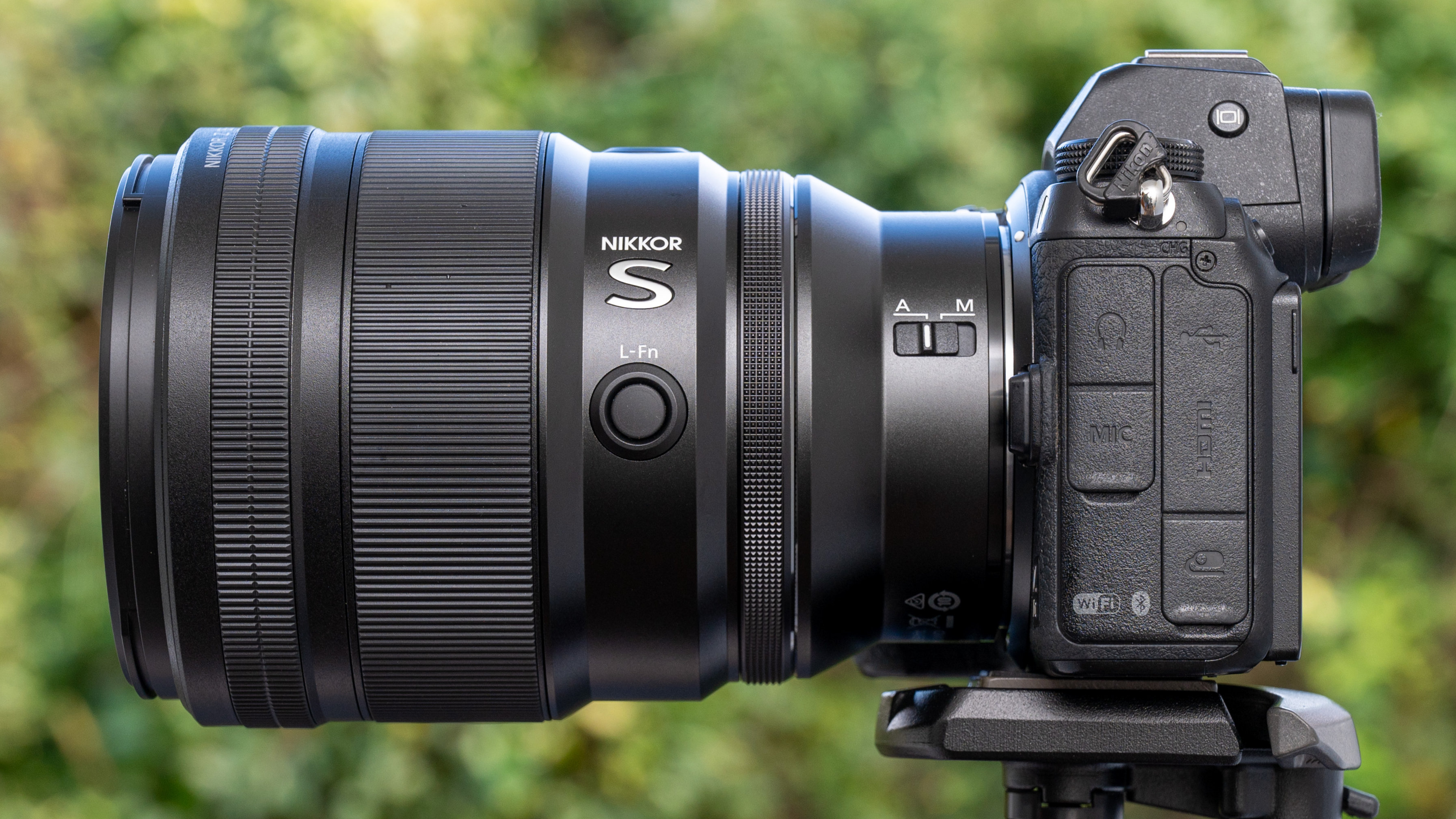
Specifications
Reasons to buy
Reasons to avoid
Everything about this lens screams quality. Build quality is exceptional and, while sharpness might not be the top priority for a 'bokeh' lens, it's super-sharp where you need it, like in the eyes of a portrait sitter. It's got really top-drawer glass and high-tech coatings that ensure absolutely scintilating image quality in every respect, while an 11-blade diaphragm helps to maintain well-rounded bokeh discs when stopping down.
It's a pricey lens to buy and pretty hefty at just under a kilogram but, if you want the very finest lens for bokeh with your Nikon Z system camera, it has to be the Plena.
See our full Nikon Z 135mm f/1.8 S Plena review
Best Sony FE
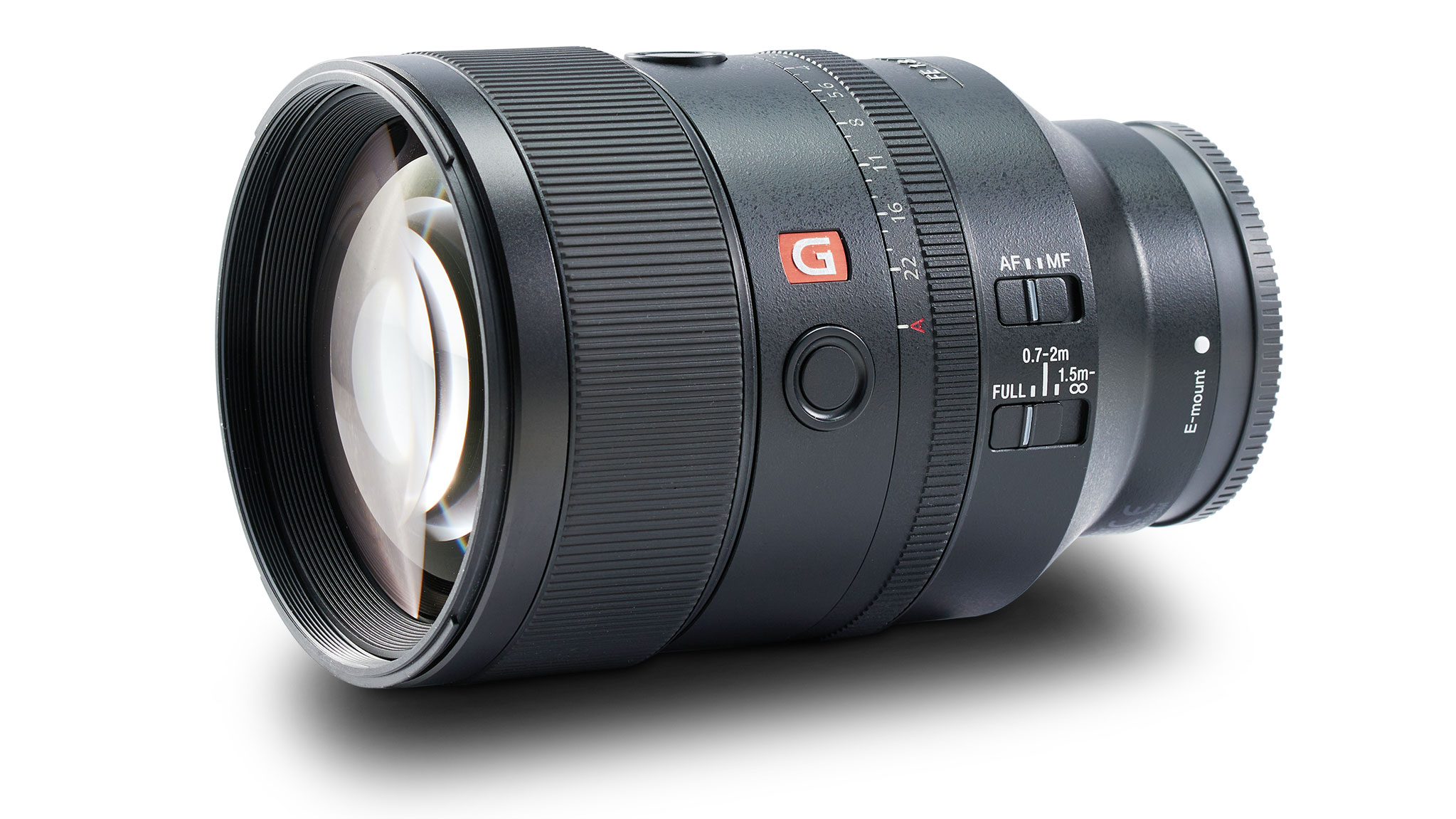
Specifications
Reasons to buy
Reasons to avoid
Sony’s G Master lenses have earned a solid reputation for overall performance and image quality in general, and for beautiful bokeh in particular. Typical of the breed, this 135mm f/1.8 prime utilizes XA (eXtreme Aspherical), Super ED and regular ED elements in its construction, along with an 11-blade diaphragm that maintains a particularly well-rounded aperture when stopping down a bit.
For hands-on aperture control, there’s a physical aperture control ring with one-third f/stop click steps and a straightforward de-click switch to enable smooth transitions during movie capture. Autofocus speed can be a little pedestrian in some fast-aperture primes but the Sony’s dual XD (extreme dynamic) linear motors go about their business with speedy precision and in virtual silence.
The lens also features two customizable AF hold buttons on the barrel, as well as an autofocus range limiter. Along with impressive sharpness and contrast, the lens delivers sumptuously smooth bokeh, helped not only by the long focal length but also by the sheer optical quality. The only slight niggle is that defocused lights near the edges and corners of the frame can take on a very elliptical appearance. The upsized sibling to the Sony FE 85mm f/1.4 G Master, this 135mm lens delivers similarly superb all-round performance and gorgeous bokeh. The tough decision is which focal length you find more appealing.
See our full Sony FE 135mm f/1.8 GM review
Best Fujifilm X
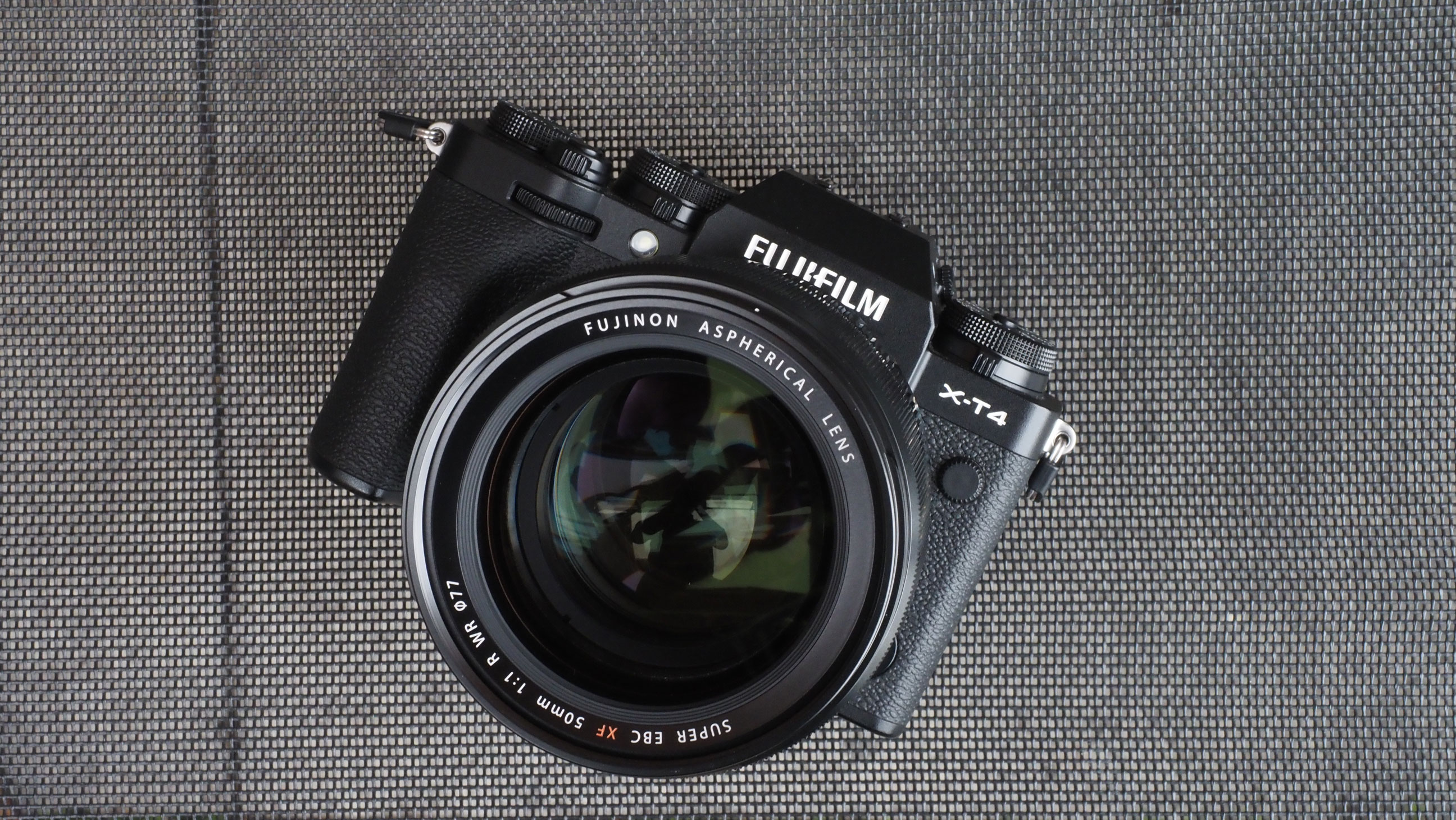
Specifications
Reasons to buy
Reasons to avoid
It might have been tempting to write Fujifilm's Fujinon XF50mm F1.0 WR lens off as a gimmick – the work of a manufacturer that just wanted the headline of an f1.0 lens. However, once we started testing this lens, we discovered to our delight that Fujifilm had truly put the work in and produced an all-around banger of a lens that's useful for day-to-day photography, not just bokeh – though of course, it does bokeh brilliantly.
Let's start with the headline feature – this lens sports an f/1.0 aperture, immediately setting it apart from the others on this list. Admittedly, this narrative is somewhat complicated by the smaller APS-C sensor size of X-mount – in full-frame terms, it's roughly equivalent to an f/1.4. However, the lens plays to Fujifilm's well-known strengths and produces absolutely gorgeous, creamy bokeh, with super-sharp transitions from sharp to unsharp. In testing, it reminded us of Leica's classic M-mount rangefinder lenses – and that is high praise indeed.
See our full Fujifilm XF50mm F1.0 R WR review
Best Micro Four Thirds
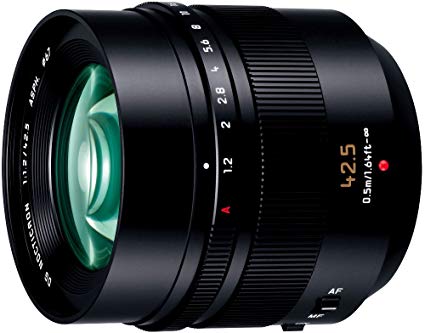
Specifications
Reasons to buy
Reasons to avoid
While a focal length of 42.5mm might seem unusual it equates to 85mm in full frame terms - in other words, a beautiful focal length for portraits. With a fast aperture of f/1.2, this lens is capable of creating a beautifully blurred background and rounded bokeh when shooting ambient lighting. It has a built-in optical image stabilizer which helps to reduce camera shake and low-frequency movements encountered in long exposure.
This isn't a cheap lens by any means but the quality of photos it takes is stunning - there's a reason it has the Leica Nocticron branding and it definitely won't let you down. It's worth mentioning, the aperture ring can't be de-clicked for step-less control when shooting video (and doesn't function at all on Olympus cameras).
See our full Panasonic Leica DG Nocticron 42.5mm f/1.2 review
Best budget Micro Four Thirds
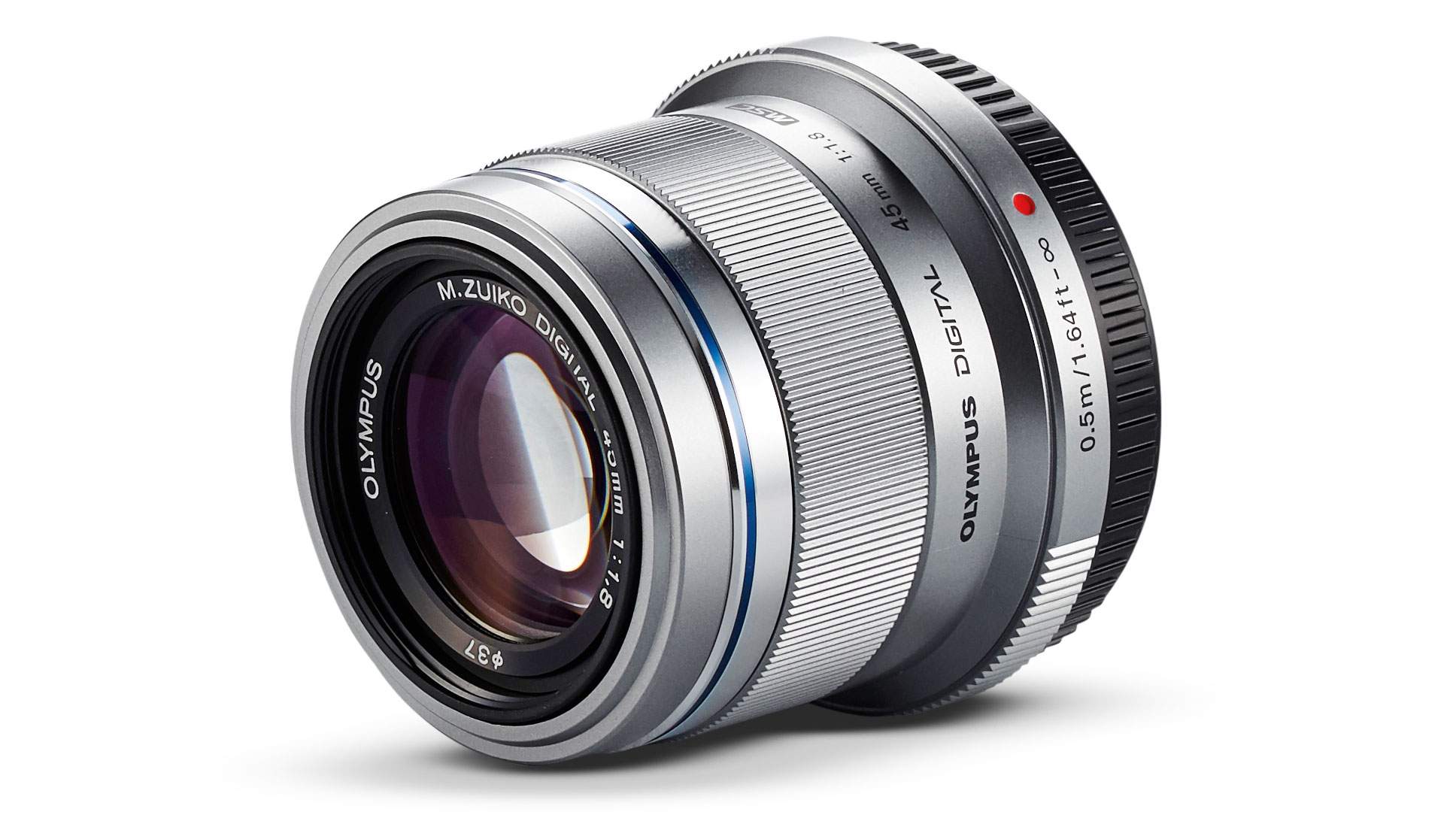
9. Olympus M.ZUIKO Digital 45mm f/1.8
Specifications
Reasons to buy
Reasons to avoid
A great thing about the Micro Four Thirds format is that it really puts the ‘compact’ into compact system cameras and lenses. That’s mostly thanks to being based around a relatively small image sensor with a 2x crop factor. This means this small 45mm f/1.8 lens has an effective focal length of 90mm in full-frame terms, delivering portrait-friendly reach.
As we’ve said before though, depth of field is more dependent on the ‘actual’ rather than ‘effective’ focal length, so the modest aperture rating of f/1.8 makes good bokeh a challenge for this lens. There’s also the fact that the aperture is based on just seven diaphragm blades rather than nine although, naturally, that makes no difference if you’re shooting wide-open to get the tightest available depth of field and give bokeh the best chance.
As it turns out, sharpness is pretty good across most of the image frame but, even when shooting at the widest available aperture, bokeh is a bit glitchy and lacking in smoothness. Bokeh discs are quite well-rounded when shooting wide-open but take on a noticeable heptagonal appearance when stopping down a little.
This lens is competitively priced, at only about a quarter of the price of the Olympus 45mm f/1.2 Pro, but bokeh is comparatively disappointing and lacking in smoothness. As ever with MFT lenses, this Olympus prime will also fit on Panasonic G-Series mirrorless cameras, and the Blackmagic Pocket Cinema Camera 4K.
See our full Olympus M.ZUIKO Digital 45mm f/1.8 review
Lab data and comparisons
The graphs below show the comparative performance of the lenses in this guide, based on our in-house lab tests. Sharpness is arguably less important when seeking out the best lenses for bokeh, but it’s nice to have sharpness where you want it, like in the eyes of a portrait sitter. The two Nikon Z lenses lead the way for sharpness in this group. There’s generally very little color fringing although the Canon RF 50mm is technically worst for this.
Scores for sharpness and color fringing are averaged from data taken across the entire image frame, from the center to the edges and corners, throughout the aperture range. For zoom lenses, the scores are also averaged from data measured at all marked focal lengths, and the same applies to distortion. Bear in mind that these average values don't fully reflect specific areas of performance. For example, a zoom lens might have noticeable barrel and pincushion distortion at its shortest and longest focal lengths respectively, which tends to average out when looking at the data overall. For more detailed graphs of each lens's performance, which give the full picture, check out the graphs in our full standalone lens reviews.
How to choose the best lenses for bokeh
Bokeh is a measure of the pictorial quality of defocused areas within an image. The trouble is, you can’t really measure it, as there’s no scientific test for good bokeh. It’s more a matter of subjective opinion, but there are still some conventional rules.
As with most things in photography, however, rules are only there to be broken. Bokeh is important when you're choosing the best lens for portrait photography, the best macro lenses (where you can't escape background blur!) or even the best lenses for food photography, where shallow depth of field and soft backgrounds are part of the modern style.
For starters, if you’re after good bokeh, you’ll need a tight depth of field. When choosing a lens, it’s therefore only natural to pick something with a telephoto focal length and a wide aperture rating. Both of these factors will help you to shrink the depth of field and isolate the main subject, by blurring the background. Fast 85mm primes are a particular favorite for use with full-frame cameras, whereas the best 50mm lenses can make great 'bokeh' lenses for crop-sensor camera bodies.
However, shorter focal lengths can also be useful, enabling you to get closer to your subject and gain a tight depth of field by using a short focus distance. You’ll also be able to squeeze more of the blurred background into the frame, thanks to the change in perspective and wider viewing angle.
How we test lenses
We test lenses using a mix of both real world sample images and lab tests. Our lab tests are carried out scientifically in controlled conditions using the Imatest testing suite, which consists of custom charts and analysis software that measures resolution in line widths/picture height, a measurement widely used in lens and camera testing. We find the combination of lab and real-word testing works best, as each reveals different qualities and characteristics.
Get the Digital Camera World Newsletter
The best camera deals, reviews, product advice, and unmissable photography news, direct to your inbox!
Matthew Richards is a photographer and journalist who has spent years using and reviewing all manner of photo gear. He is Digital Camera World's principal lens reviewer – and has tested more primes and zooms than most people have had hot dinners!
His expertise with equipment doesn’t end there, though. He is also an encyclopedia when it comes to all manner of cameras, camera holsters and bags, flashguns, tripods and heads, printers, papers and inks, and just about anything imaging-related.
In an earlier life he was a broadcast engineer at the BBC, as well as a former editor of PC Guide.
